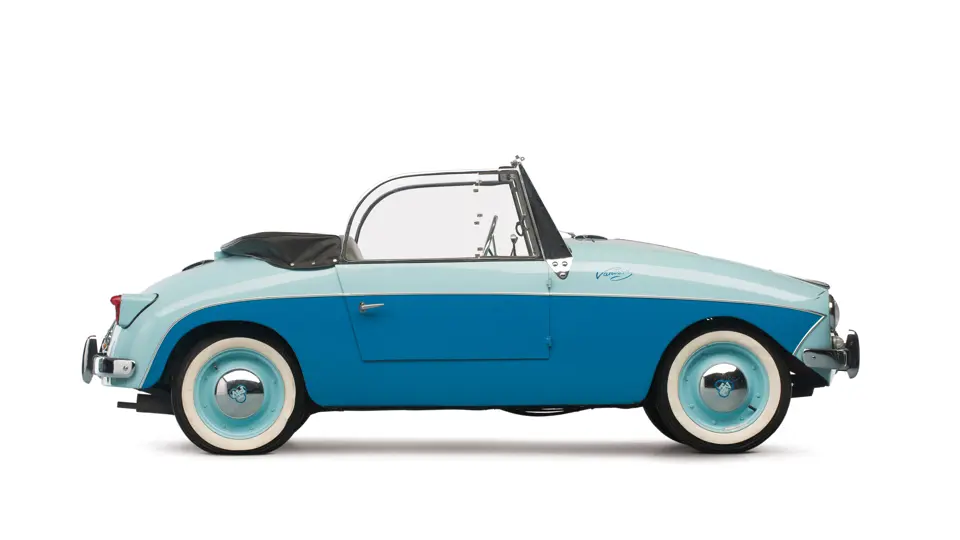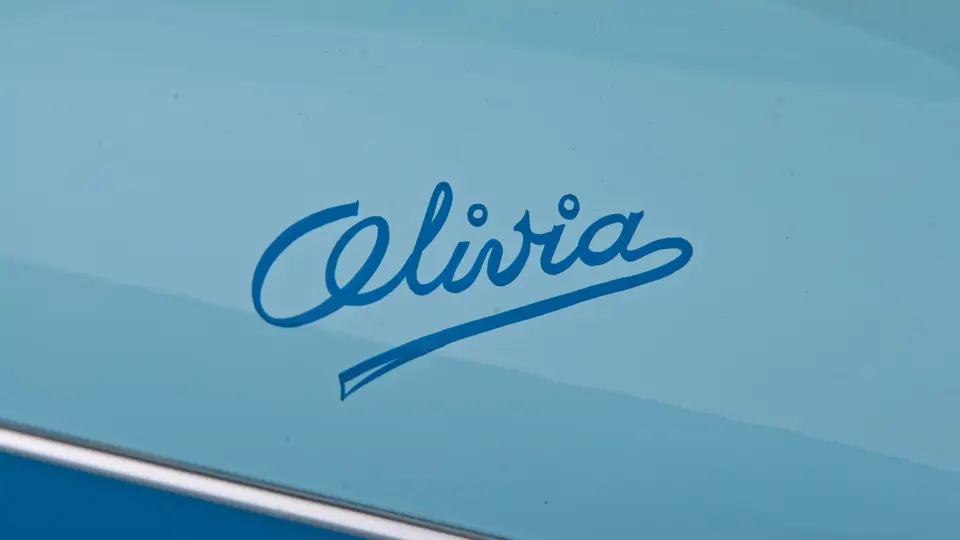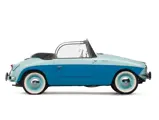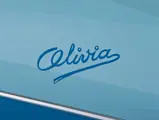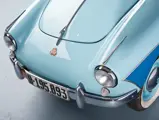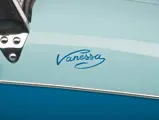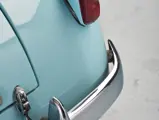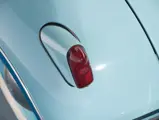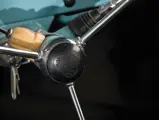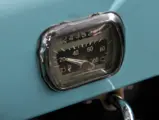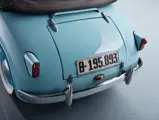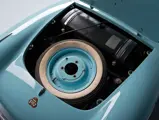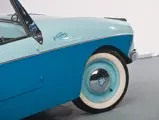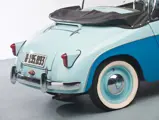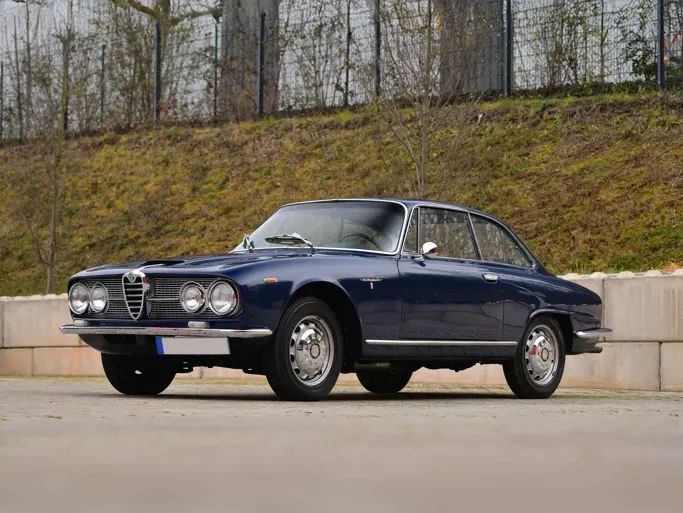Tremendously difficult to find, one of the finest Spanish microcars.
SPECIFICATIONS
Manufacturer: AUSA Automoviles Utilitarios S.A.
Origin: Manresa, Spain
Production: 5,000
Motor: air-cooled, 1-cyl, 2-stroke
Displacement: 247 cc
Power: 13 hp
Length: 9 ft. 3 in.
Identification No. B612
“The small car with great performance,” the PTV, was the brainchild of Spanish businessmen Guillen Tacho, Mauricio Perramon, and Jose Vila. Tacho had built several prototype microcars and was the engineering force, Vila was essentially an office manager, and Perramon was the company’s director. Together, they had business and engineering skills, and together, they built a car that was proudly Spanish, with almost every component produced in their home country. This was a noble car with good intentions.
If there was ever a microcar that was not for the common man, the PTV was it. It was designed as a real automobile, resembling a Morris Minor that had shrunk in the wash, and it boasted such comforts as doors, side windows, two-tone paint, and chrome trim. Reportedly, with its aluminum-head, 13-horsepower, single-cylinder, rear-mounted engine and independent front suspension, it could reach 75 km/h.
The PTV was produced for five years and about 5,000 were made, sold to customers not only in the Iberian Peninsula, but in Continental Europe and the United States as well. At one time, it was the second-best-selling microcar in Spain, after the famous Biscuter.
One of two examples of the early PTV 250 housed within the walls of the Bruce Weiner Microcar Museum, the car offered here is presented in nicely restored condition. It is sprightly-looking enough to be at home zipping around the marina as a yacht tender or simply to use to run errands around town in warm weather. Period European club stickers remain on the windshield, adding a bit of vintage charm.
As with so many of the Bruce Weiner Microcar Museum cars, the PTV is nearly impossible to find today, especially in such wonderful condition. This example is certainly one of the better-equipped survivors, and it would be at home in any microcar collection, or alongside that Pegaso and Hispano-Suiza in one’s stable of Spanish antiques.
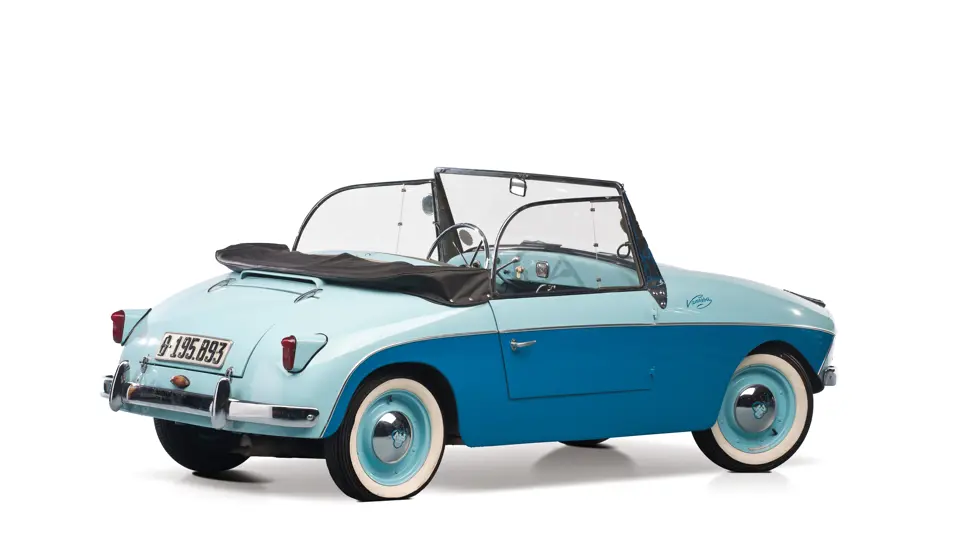
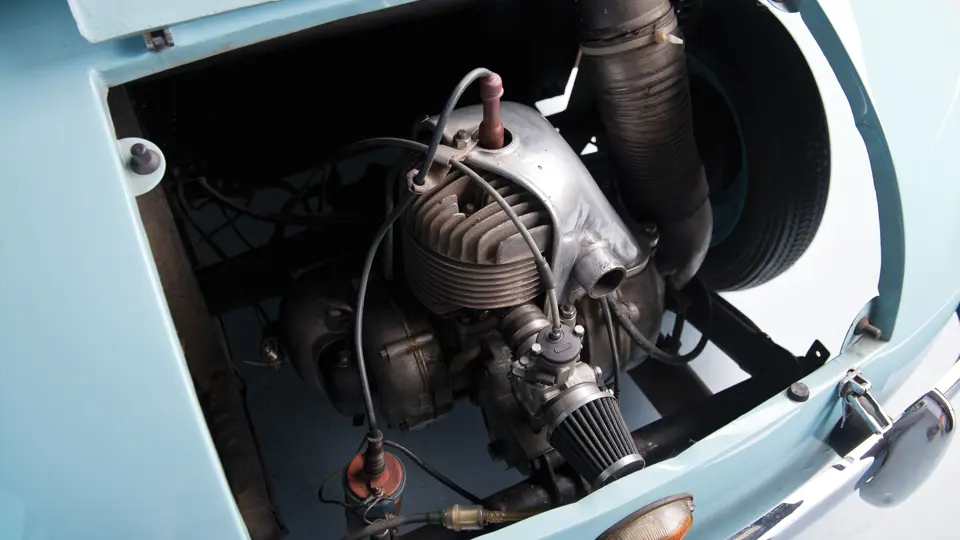


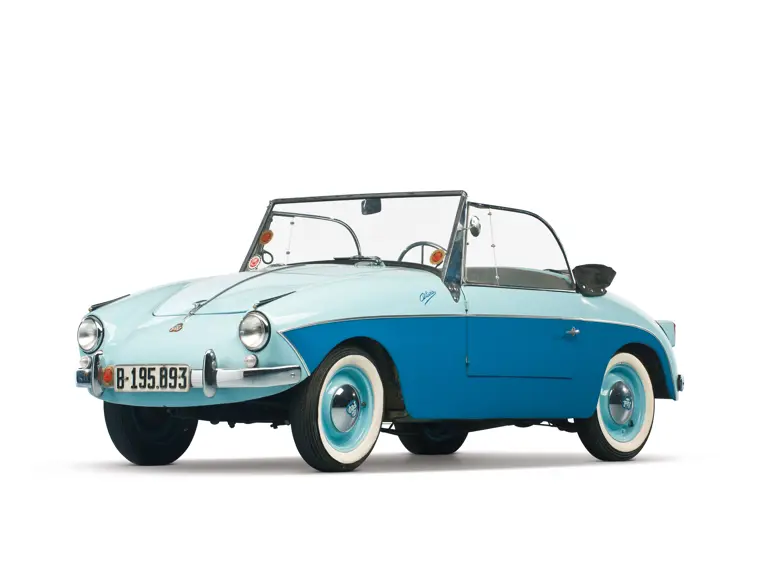
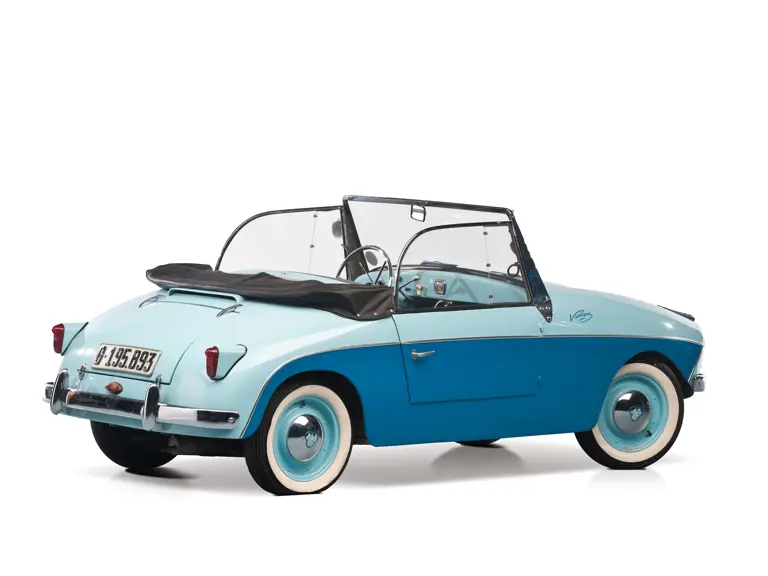
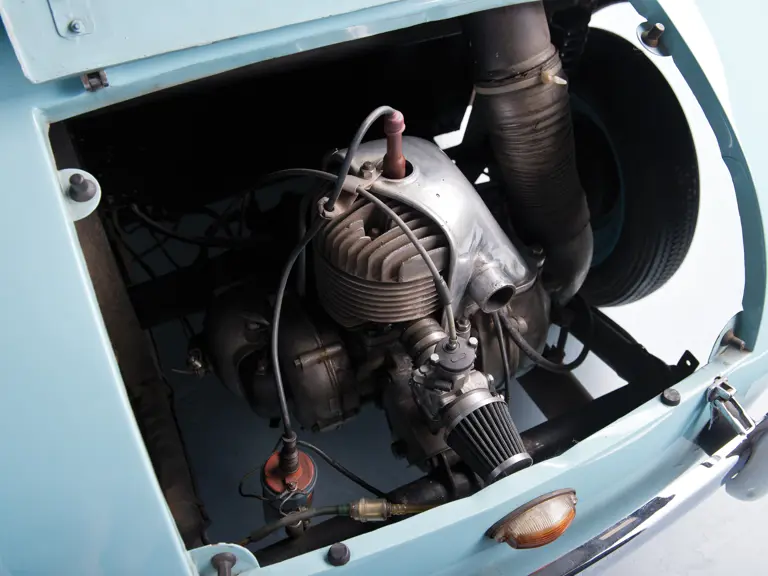
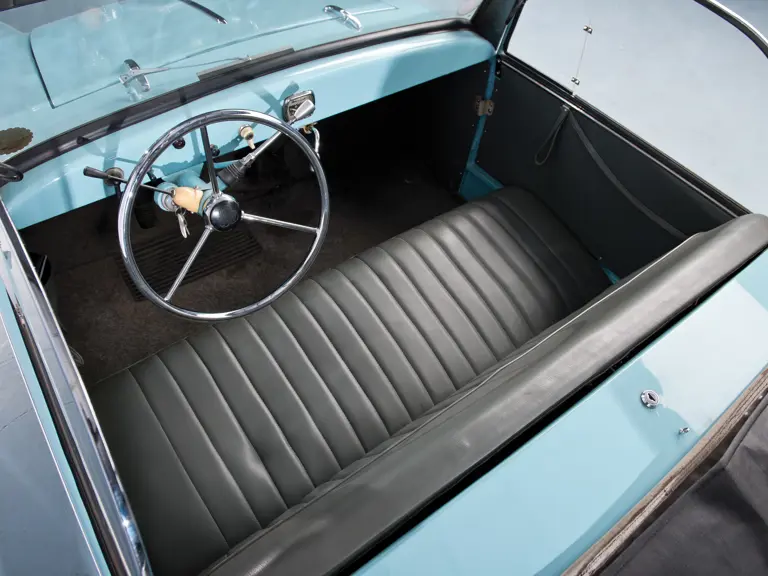
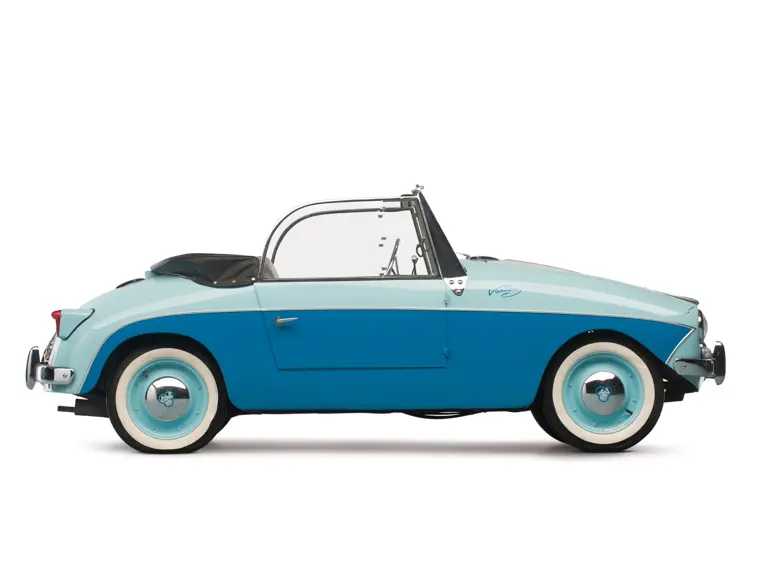



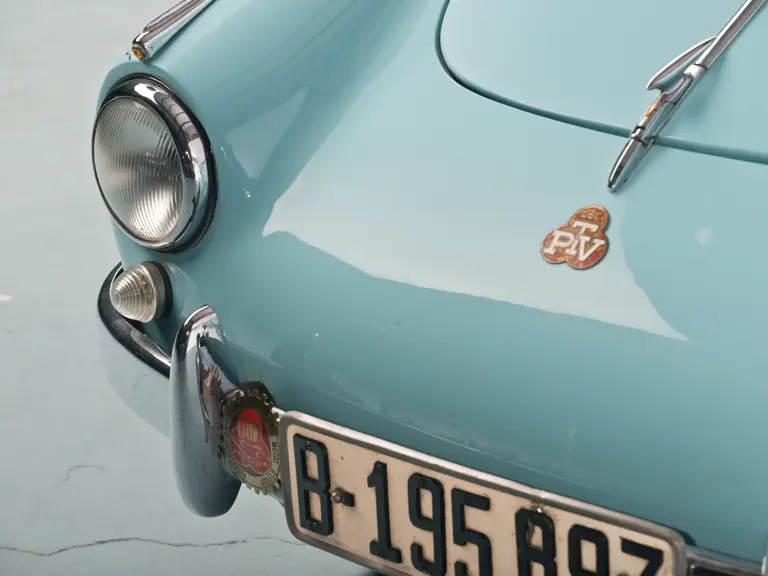
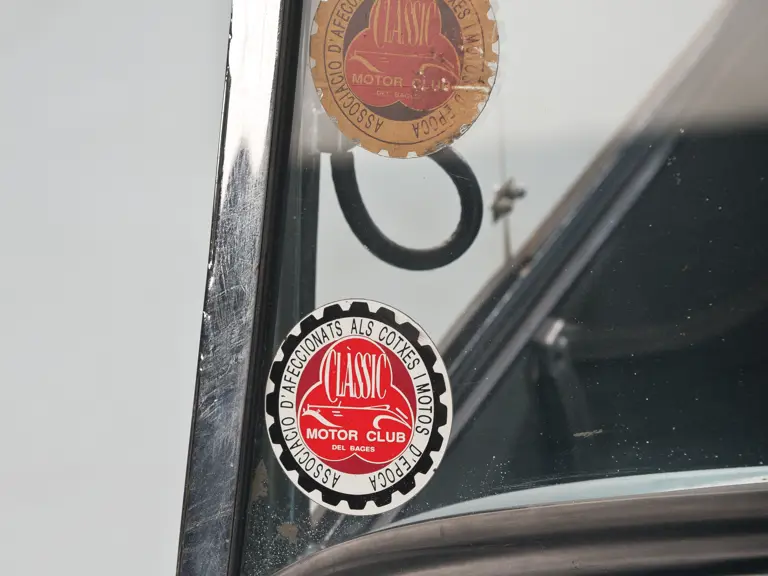
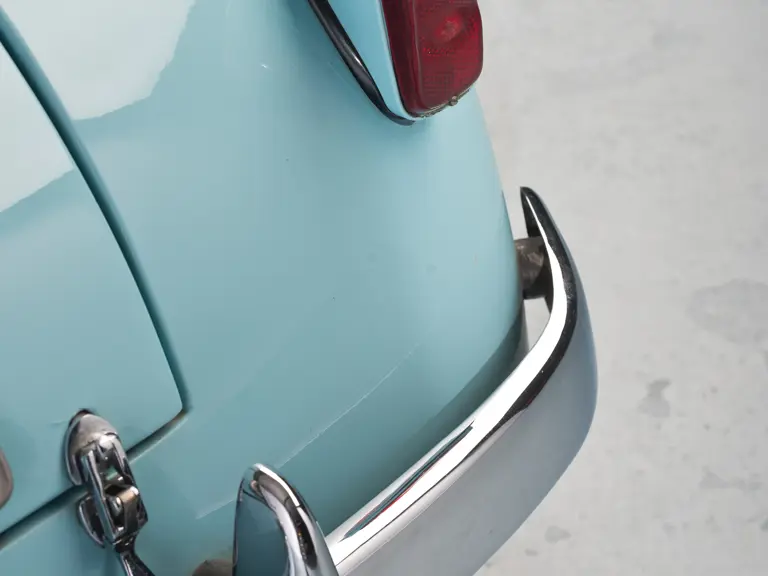
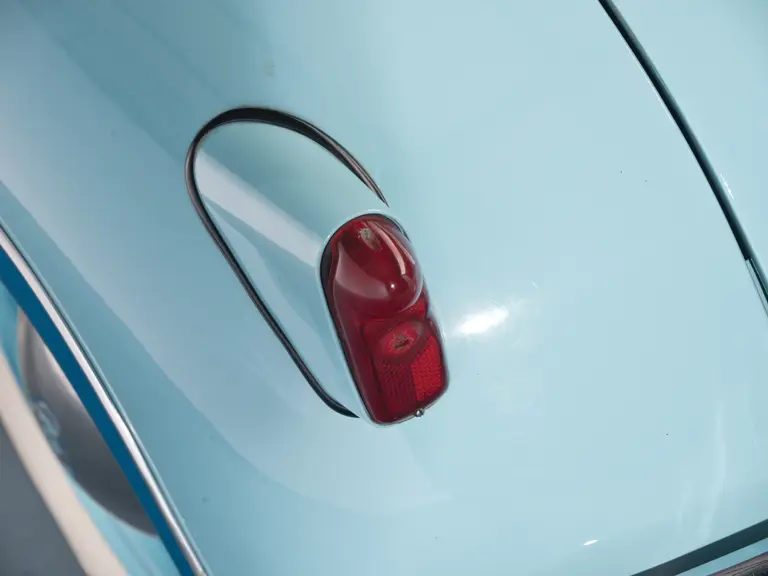
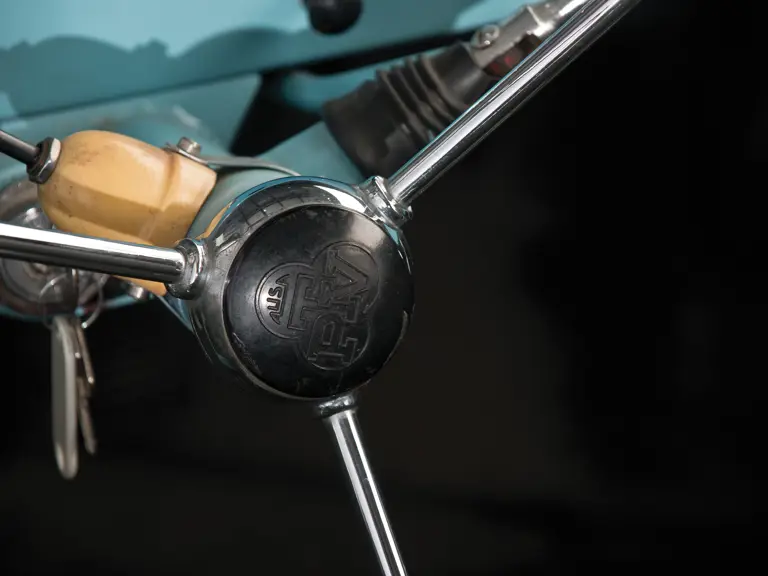
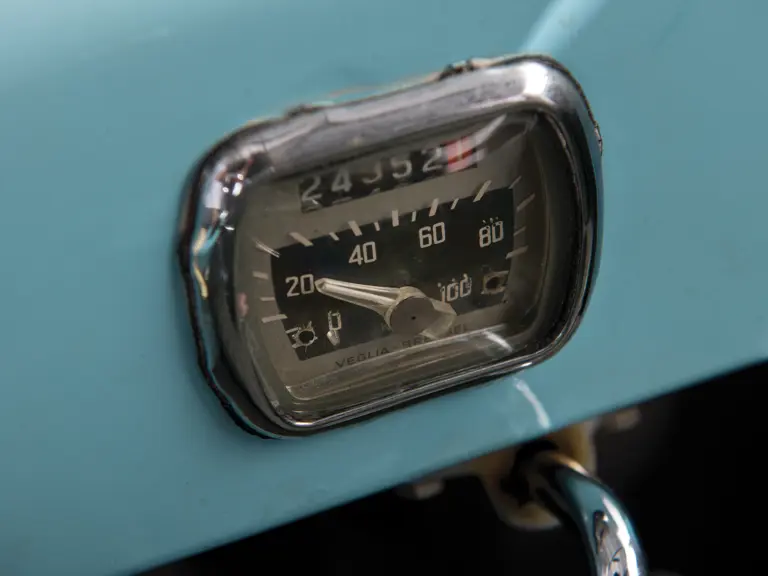
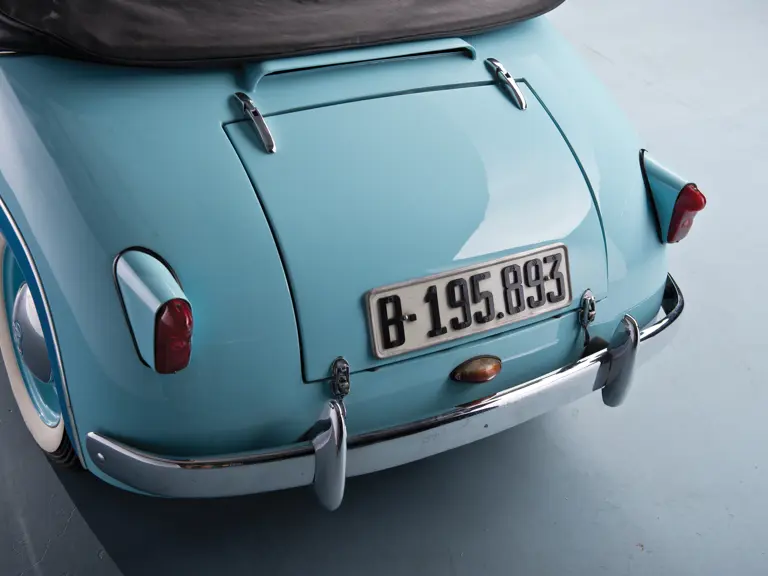
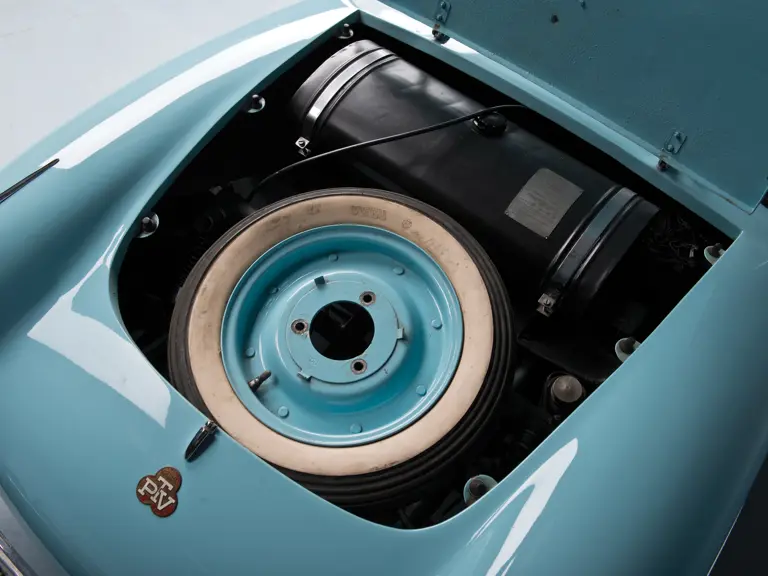
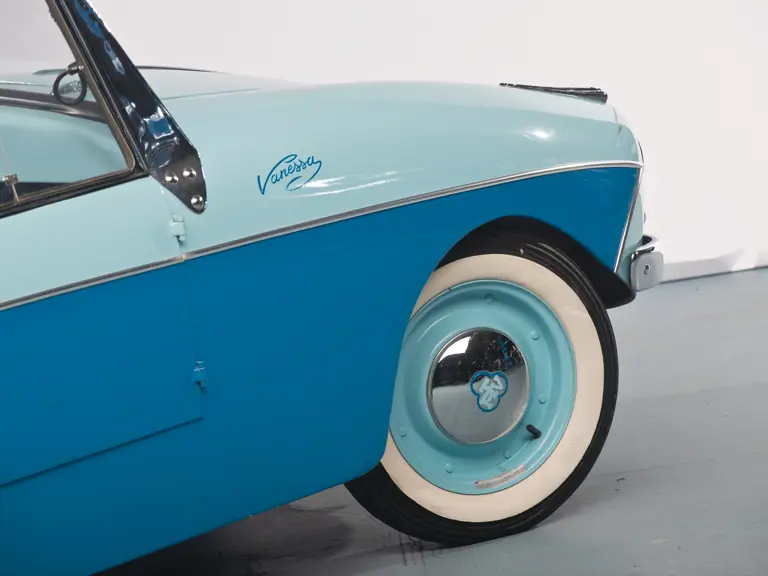

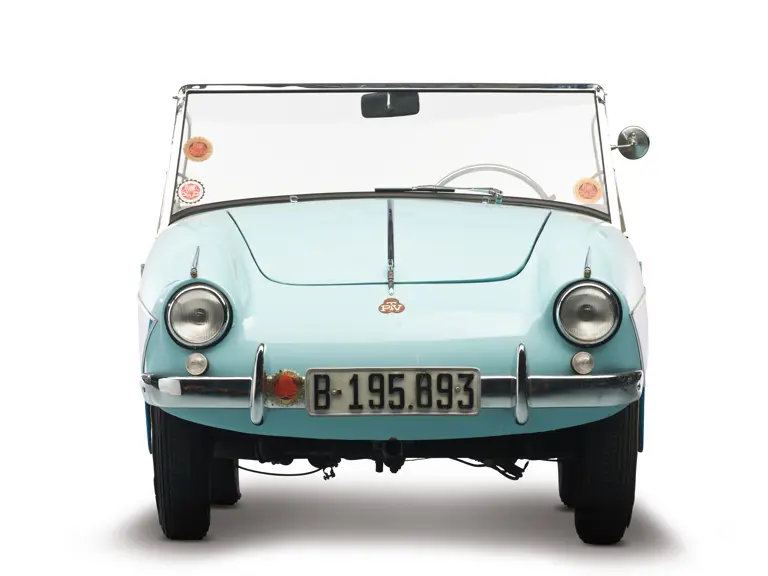
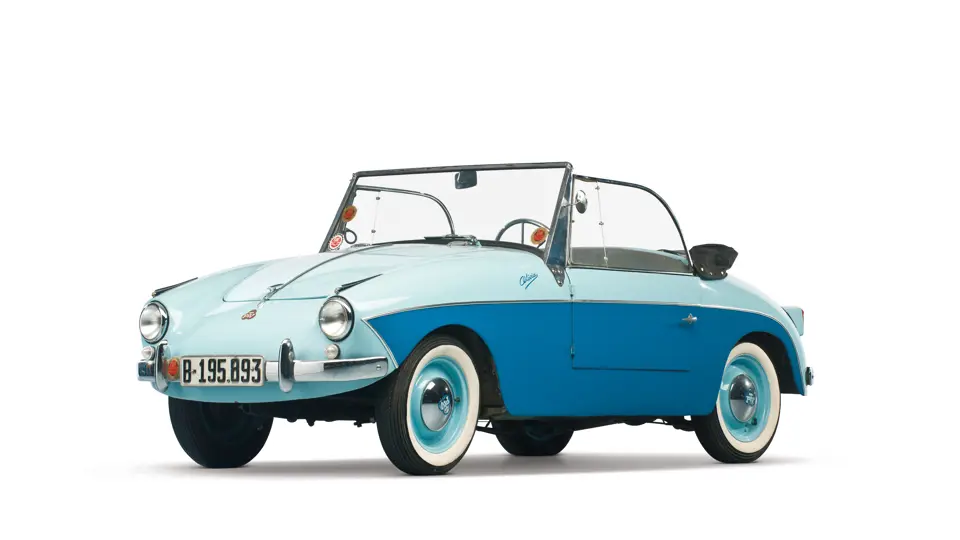
 | Madison, Georgia
| Madison, Georgia
